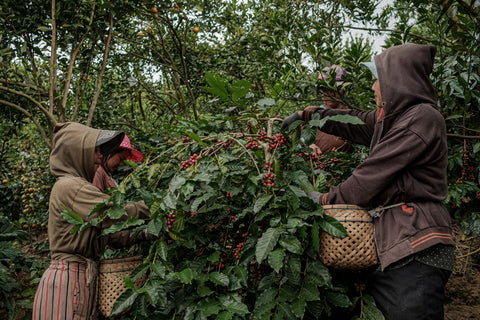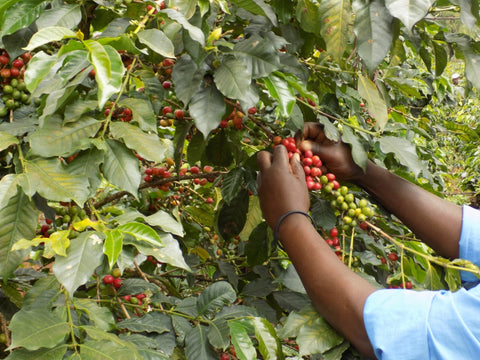Are you a coffee lover? If yes, you might give try Indonesian coffee. Indonesia is amongst the largest coffee-producing countries globally, and it is known to have more coffee variants than any other country.
Are you aware of the origins of coffee in Indonesia? Do you know how this beverage gained an important place in the coffee market in Indonesia? Probably not. Here we will discuss all details related to the history of coffee in Indonesia. So, stay tuned and continue reading this article until discovering all information about coffee origins in Indonesia.
A Brief History of Coffee in Indonesia
The origin of coffee in Indonesia dates back to 1699, when Indonesia was under Dutch occupation. VOC (Verininging Oogst-Indies Company) brought Arabica coffee plants to Indonesia to break the worldwide monopoly of Arab in the coffee trade market. Initially, the Dutch colonial government planted coffee around Batavia, which is today known as Jakarta.
As time passed on, more coffee plantations were established in East Java, Central Java, West Java, and some parts of Sumatera and Sulawesi. However, the first place outside of Arabia where coffee was widely cultivated was Indonesia. From 1725 to 1780, VOC monopolized coffee trading.
By the mid of 17th century, VOC expanded Arabica coffee growing areas in Sumatra, Sulawesi, Bali, and Timor. Coffee was first planted in Sulawesi in 1750. In 1888, coffee was first grown near Lake Toba in the North Sumatra highlands.
Later on, the Dutch colonialists established large coffee plantations on the Ijen Plateau in Eastern Java during the late eighteen hundreds.
During the 1920s, smallholders began to grow coffee as a cash crop throughout Indonesia. Unfortunately, a disaster struck in 1876 when the coffee rust disease swept through Indonesia, which wiped out most of the typical cultivar.
Robusta coffee was first introduced to East Java in 1900 as a substitute at lower altitudes, especially in areas where the rust was particularly devastating.
The plantations on Java were nationalized later on at the independence and revitalized with several varieties of Arabica coffee back in the 1950s. Smallholders happily adopted these varieties through the government and many other development programs.
These days, 90% of Indonesia's coffee is grown by smallholders, especially on farms averaging one hectare or less. Most of the production is organic, and many farmers' cooperatives and exporters are internationally certified to organic market coffee.
Another significant incident that is connected with the history of coffee in Indonesia is World War II. This world war and the struggle for independence played a substantial role in bringing subsequent advancements in the coffee market.
World War II and the Indonesian Coffee History
During that time, the plantation was majorly taken over by the occupying Japanese. After independence, the plantation either came under the control of the new government or was abandoned entirely. During that time, many colonial plantation owners fled the country just to avoid being arrested. These days, about 92% of the coffee production is in the hands of small farmers and cooperatives.

